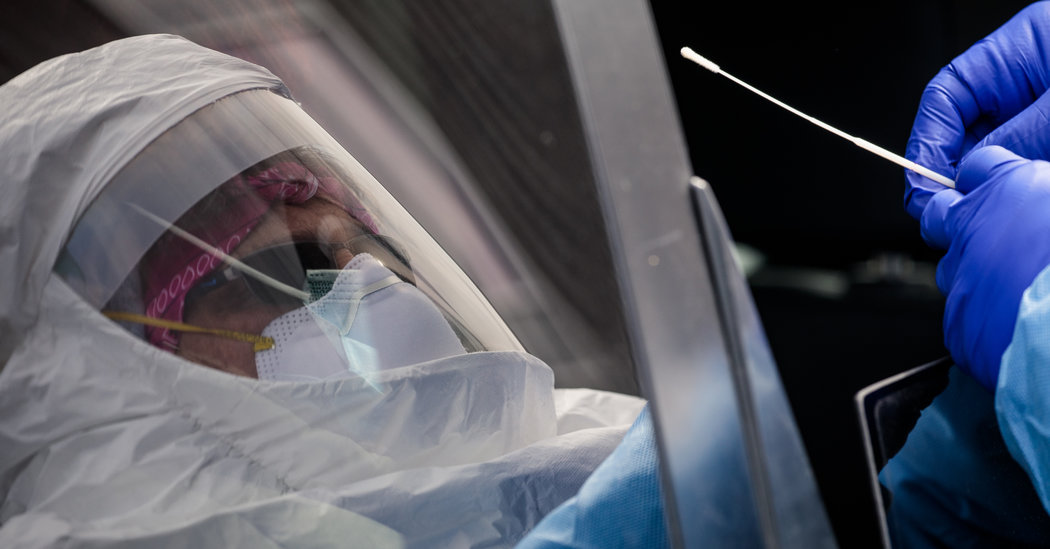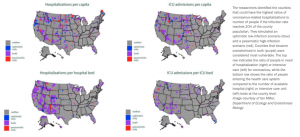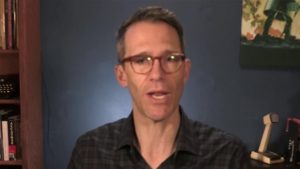If the United States gets it right, coronavirus testing will eventually become available in community centers and parks, at mobile clinics and sports arenas. A Postal Service worker may even bring a test to your door. If that seems far-fetched, think again. Public health experts agree that finding our way back from the coronavirus pandemic will almost certainly require testing, monitoring and contact tracing on a giant scale.
In New York, especially, among the hardest hit places in the world, the challenge will require a mass mobilization of resources from government and the private sector.
Public health experts say wide-scale testing has saved lives in countries like South Korea and Germany, which have seen far fewer deaths from Covid-19 than the United States. Public health officials suggest that if it had been deployed sooner in the United States, it could have saved thousands of lives here, too. They also say it is now the best way forward to control the pandemic safely and to restart the economy.
New York State is conducting about 25,000 tests per day, about 10,000 of those in New York City, according to state and city officials. But the figure is still far less than experts say is needed to reopen society.
To make that happen, New York will need to enlist a legion of health workers, disease detectives and others to regularly test large portions of the population, trace the spread of the virus by finding those who may have been exposed and enact a system of isolation and quarantine that stops the disease in its tracks. The key will be not only deploying enough medical workers and finding enough test kits but also expanding lab capacity to rapidly process a high volume of tests daily. Moreover, the state needs the other equipment and supplies necessary to conduct the tests, including protective gear. Without that, test kits will be useless.
“It’s not about how many tests we’ve done,” said Dr. Tom Frieden, the former director of the Centers for Disease Control and Prevention. “It’s about how many tests per day compared to the total population, and how well targeted that testing is. What portion of health care workers are getting tested? What portion of nursing home residents, and with what frequency? No health department can manage alone. It’s a massive undertaking.”
New York needs help from the federal government. For now, the state is trying to do what it can.
Gov. Andrew Cuomo won approval in mid-March to conduct testing using public and private labs, a measure that greatly expanded the state’s testing capacity.
In New York City, Mayor Bill de Blasio has overseen a promising effort to spur local companies to make protective gear and rapid testing kits. This week, he said local businesses will be producing an additional 50,000 test kits per week by May and buying another 50,000 from a company in Illinois.
To reopen New York’s schools and its economy, though, the effort will have to be much bigger, touching large numbers of residents in a state of nearly 20 million people.
Officials in New York City, which is home to more than 8.5 million people, say they are weighing ways to quickly scale the capacity for testing and epidemiological tracing. The mayor has rightly said the city would focus on getting testing to medical and other essential workers and vulnerable populations first.
Plans are underway to hire or redeploy roughly 1,000 additional workers to do the work of contact tracing, supplementing the work of the city’s roughly 150 disease detectives. City officials said they will most likely need to hire thousands more workers to help in the efforts. This work is also beginning in Massachusetts, where Gov. Charlie Baker said nearly 1,000 contact tracers would reach out to sick residents and their recent contacts.
The city is identifying locations to set up community testing sites, like parks and recreation centers, sexual health clinics, outpatient clinics at public hospitals, pharmacies and urgent-care centers, and the network of community health centers and mobile testing sites that has proved effective in the fight against H.I.V. over the past three decades. It is also exploring how to pool tests to process more samples at once.
“The goal is to ideally have hundreds of thousands of people who could take tests any day of the week,” said Emma Wolfe, Mr. de Blasio’s chief of staff and deputy mayor for administration.
This is a time to think bigger.
In Germany, mobile teams of medical workers help treat people, a model that could be useful in New York for testing seniors, disabled people and others who can’t leave their homes.
Dr. Harvey Fineberg, who leads the Standing Committee on Emerging Infectious Diseases and 21st Century Health Threats at the National Academies of Sciences, Engineering and Medicine, has suggested using the Postal Service to deliver surgical masks and hand sanitizer to every American household, once front-line medical workers are sufficiently supplied. The federal government could help hard-hit places like New York by sending a medical worker along these same postal routes to test people at their homes, either by using nasal swabs or possibly saliva samples if proven effective and approved by regulators. Another source of help may be the National Guard.
One advantage New York has is the city’s Health Department. It has been a pioneering force in public health for decades, from the AIDS crisis to antismoking campaigns and efforts to close racial disparities in health outcomes.
In recent weeks, New York officials have closely examined Health Department plans developed in the years after the Sept. 11 attack to respond to a bioterrorism event. The plans call for using community sites, mostly schools, as points of distribution to vaccinate New Yorkers against deadly agents like anthrax. City officials are wary of using the city’s some 1,700 schools as coronavirus testing sites out of concern it will make reopening the schools difficult. But they say they plan to create a network of testing sites similar to the post-9/11 blueprint.
That’s exactly the kind of all-in thinking New York, and the nation, will need to fight their way back to a new kind of normal.
The Times is committed to publishing a diversity of letters to the editor. We’d like to hear what you think about this or any of our articles. Here are some tips. And here’s our email: [email protected].
Follow The New York Times Opinion section on Facebook, Twitter (@NYTopinion) and Instagram.



















